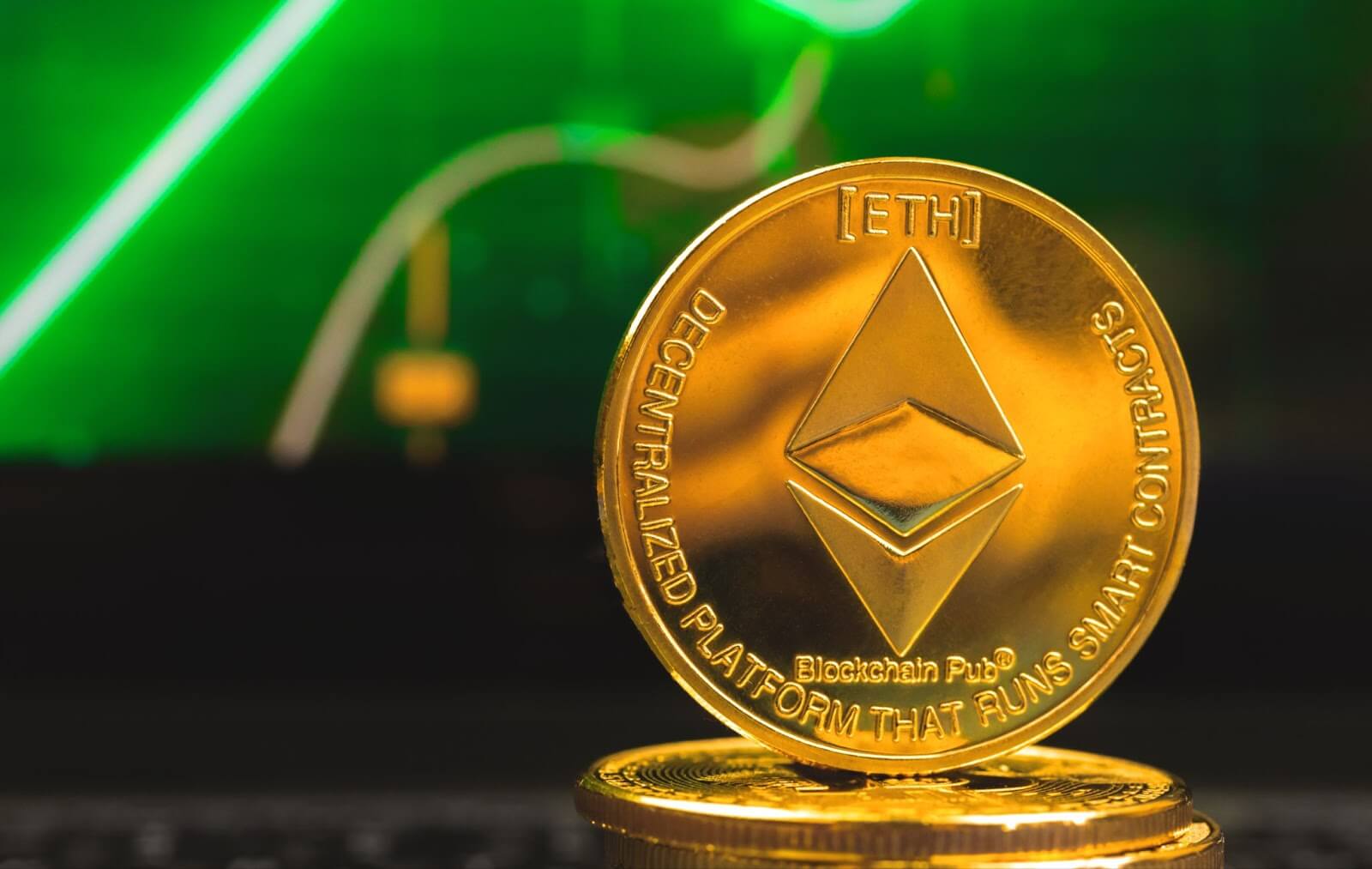Here is What You Should Know About Ethereum’s Pectra Upgrade
15.09.2024 8:00 2 min. read Alexander Stefanov
Ethereum’s Pectra upgrade represents a significant shift for the network, as it tackles both technical improvements and scalability issues that have been critical points of discussion in the Ethereum community.
The inclusion of PeerDAS in the second phase highlights the growing need for more efficient data handling solutions as Ethereum continues to scale. This technology is expected to improve the way data is distributed across the network, boosting both security and performance.
The split of the upgrade into two phases will give developers the flexibility to address each component of Pectra more thoroughly without overburdening the system with too many changes at once.
This would be scope creep, which developers earnestly say they are trying to avoid but let’s be real. Based on how Pectra discussions have gone and are going, it’s not out of the question that they will re-discuss some of these other EIPs down the road after Pectra 1… pic.twitter.com/A4CNkHdhgw
— Christine Kim (@christine_dkim) September 13, 2024
Additionally, if the split proceeds, developers may revisit previously rejected EIPs, potentially extending the scope of Pectra beyond its initial ambitions. The decision to implement the upgrade in two stages allows for a more manageable rollout, reducing risks and giving the community time to adapt to these major changes. This approach could set a precedent for future upgrades as Ethereum continues its path toward greater efficiency and broader adoption.
As the Pectra upgrade unfolds, the Ethereum community and developers will likely see an influx of innovation on the platform, with various dApps and smart contracts adjusting to the enhanced functionality. These changes may attract more institutional and mainstream users, boosting Ethereum’s market position and influence in the broader blockchain ecosystem.
By prioritizing both security and scalability, Ethereum aims to solidify its role as the leading blockchain for decentralized finance (DeFi) and other applications, reinforcing its competitive edge in an increasingly crowded space.
-
1
Most Trending Cryptocurrencies on CoinGecko After Bitcoin’s New ATH
11.07.2025 19:00 2 min. read -
2
Altcoin Supercycle? Analysts Signal ‘Banana Zone 2.0’ as Market Erupts
13.07.2025 19:00 2 min. read -
3
XRP Hits All-time High Amid Regulatory Breakthrough and Whale Surge
18.07.2025 11:14 2 min. read -
4
Ethereum Tops $3,285 for First Time Since January
17.07.2025 7:00 1 min. read -
5
Trump’s Truth Social to Launch Utility Token for Subscribers
10.07.2025 18:30 1 min. read
Binance to Launch PlaysOut (PLAY) Trading on July 31 With Airdrop
Binance has officially announced the launch of PlaysOut (PLAY), a new token debuting on Binance Alpha, with trading scheduled to begin on July 31, 2025, at 08:00 UTC.
Cboe BZX Files for Injective-based ETF Alongside Solana Fund Proposal
The Cboe BZX Exchange has submitted a filing with the U.S. Securities and Exchange Commission (SEC) seeking approval for a new exchange-traded fund (ETF) that would track Injective’s native token (INJ).
Bernstein Warns Ethereum Treasuries Pose New Risks
Bernstein has flagged growing risks in Ethereum’s corporate adoption trend, cautioning that the rise of “ETH treasuries” could reshape the network’s supply and risk dynamics.
Interactive Brokers Weighs Stablecoin Launch
Interactive Brokers, one of the world’s largest online brokerage platforms, is exploring the possibility of issuing its own stablecoin, signaling a potential expansion into blockchain-driven financial infrastructure as U.S. crypto regulation begins to ease.
-
1
Most Trending Cryptocurrencies on CoinGecko After Bitcoin’s New ATH
11.07.2025 19:00 2 min. read -
2
Altcoin Supercycle? Analysts Signal ‘Banana Zone 2.0’ as Market Erupts
13.07.2025 19:00 2 min. read -
3
XRP Hits All-time High Amid Regulatory Breakthrough and Whale Surge
18.07.2025 11:14 2 min. read -
4
Ethereum Tops $3,285 for First Time Since January
17.07.2025 7:00 1 min. read -
5
Trump’s Truth Social to Launch Utility Token for Subscribers
10.07.2025 18:30 1 min. read


